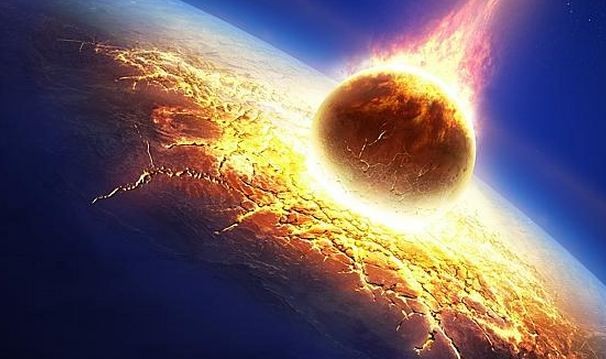Scientists from the Australian National University's School of Archaeology and Anthropology have discovered what they say is the world's largest asteroid impact zone.
The impact zone at the Warburton Basin in Central Australia extends a huge 400 kilometers and was the result of an asteroid breaking in two moments before it smashed into the Earth, said lead researcher Dr. Andrew Glikson to News.com.au.
"The two asteroids must each have been over 10 kilometers across -- it would have been curtains for many life species on the planet at the time," said Dr. Glikson.
"They appear to be two large structures, with each of them approximately 200 kilometers," Dr. Glikson said. "So together, jointly they would form a 400 kilometer structure, which is the biggest we know of anywhere in the world.
He said the consequences of such a massive hit would be to cause a large mass extinction event at the time, "but we still don't know the age of this asteroid impact and we are still working on it."
"It's a mystery. We can't find an extinction event that matches these collisions. I have a suspicion the impact could be older than 300 million years," he said.
"Large impacts like these may have had a far more significant role in the Earth's evolution than previously thought."
The material at both impact sites appears to be identical which has led researchers to believe they are from the same meteorite. Dr. Glikson said the site lacked the evidence left by other meteorite strikes, so it's unclear when the impact occurred.
The craters have disappeared over millions of years but geothermal research drilling discovered them under an area that includes South Australia, Queensland and the Northern Territory.
Dr. Glikson said the two impact zones extend through the Earth's crust, which is about 30 kilometers thick in this area. He also noted there are two huge deep domes in the crust, formed by the Earth's crust rebounding after the huge impacts, and bringing up rock from the mantle below.
"At this stage we do not have all the answers, but there has been a lot of interest and people are certainly interested in any impact on the dinosaurs," said Dr. Glikson.
The research was published in journal Tectonophysics.



























